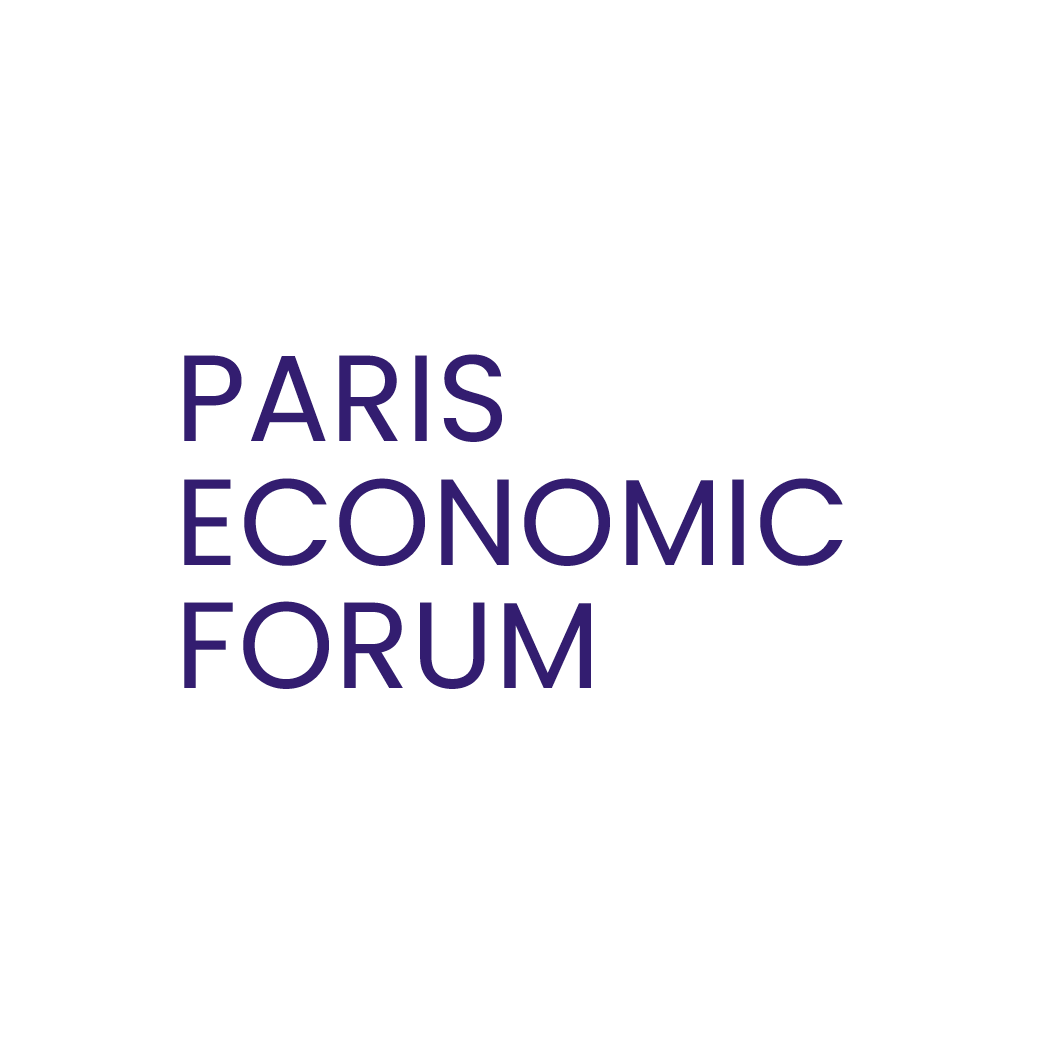In this complex and uncertain landscape, one truth stands out: innovation is no longer an option, but the essential driver of growth and transformation. In the face of growing crises and tensions, it is becoming a strategic imperative for ensuring competitiveness and resilience.
An unprecedented acceleration of innovation
Technological change is reaching an unprecedented pace, driven by AI and semiconductors. Since last year, the example of BYD electric vehicles, marketed at low cost and boosted by advances in embedded AI and batteries, illustrates the capacity of technologies to transform entire sectors while meeting sustainability requirements. At the same time, Nvidia, with its chips dedicated to AI, saw its capitalization exceed $1 trillion in 2024, becoming the third largest company in the world in terms of value, behind Apple and Microsoft. And the first in history to reach this capitalization in the space of just a few years. Europe itself has announced that it wants to triple its investments in AI by 2027, from 10 to 30 billion euros per year, in an attempt to reduce the gap with the American and Chinese giants. In 2024, global investments in technological innovation reached a record $2.3 trillion, according to the OECD. Artificial intelligence (AI) is the flagship sector, with global investments estimated at more than $400 billion, driven in particular by the craze for technologies such as ChatGPT and its many competitors.
These successes are based on a strategy of early and targeted innovation, anticipating the exponential demand for generative AI (GenAI), which 65% of executives consider to be the most disruptive technology of the next five years.
These strategic investments show that mastering critical technologies has become a matter of competitiveness as well as sovereignty. The energy transition is much more than an ecological imperative; it is a key economic driver. In 2024, global investments in renewable energy reached a record $1.8 trillion, up 17% according to the International Energy Agency (IEA). In Europe, the European Chips Act (€43 billion) supports the production of sustainable semiconductors for the electrification of transport and smart grids. Sweden offers a striking example with SSAB, which in 2024 produced the first hydrogen-decarbonized steel, reducing CO2 emissions by 90%. These advances prove that green innovation can combine profitability and environmental responsibility, thus meeting consumer expectations and regulatory pressures. New regulations, particularly around AI, are redefining the rules of the game.
The European AI Act, operational since 2024, imposes strict standards to guarantee the transparency and reliability of AI systems. In France, the national strategy for AI, with a budget of 2.5 billion euros via France 2030, is supporting 2,000 SMEs and mid-caps in the adoption of these technologies by the end of 2025, while training 3,500 students per year. Sanofi illustrates this impact: thanks to GenAI, the company has reduced the production time of clinical trial reports by 40%, accelerating its innovation cycles. Globally, the AI market is expected to reach 15 billion euros in 2025 (Statistica), underlining the urgency for companies to adapt to these technological and regulatory developments.
However, innovation cannot be decreed. While 83% of companies place innovation among their top three priorities (compared with 66% in 2005), only 3% have a fully operational innovation system, compared with 20% in 2022. This gap reflects the rise of “zombie innovation”: persistent projects without a clear strategy, cited by 52% of executives as a major obstacle. Conversely, leaders such as Aptiv (connected mobility) or Novo Nordisk (healthcare) align their efforts with a strategic vision, demonstrating that governance and corporate culture are as crucial as financial investments. Geopolitical tensions, particularly between China and the US, linked to Ukraine or the Middle East, catalyze innovation. In 2025, US restrictions on 140 Chinese companies, including Huawei, intensify the race for semiconductors, where China still supplies 90% of Russia's military needs (Wall Street Journal). In response, Europe and France relocate their strategic industries. In 2024, 42 projects supported by the PIIEC created 5,700 jobs in microelectronics, strengthening resilience to external shocks. The European desire to equip itself with a common sovereign defense will increase military spending and stimulate innovation in the defense industries. Initiatives show that innovation can transform geopolitical pressures into opportunities for sovereignty.
To remain competitive, companies and states must adopt a strategic approach. This requires massive investment – France 2030 is mobilizing 54 billion euros – but also rigorous management of innovation portfolios. Successful companies, such as Nvidia and Sanofi, align their human and financial resources with clear objectives, avoiding the trap of innovation without impact. Speed and agility are becoming essential: according to BCG, companies that reduce their innovation cycles by 30% thanks to GenAI gain a decisive competitive advantage.

.jpg)